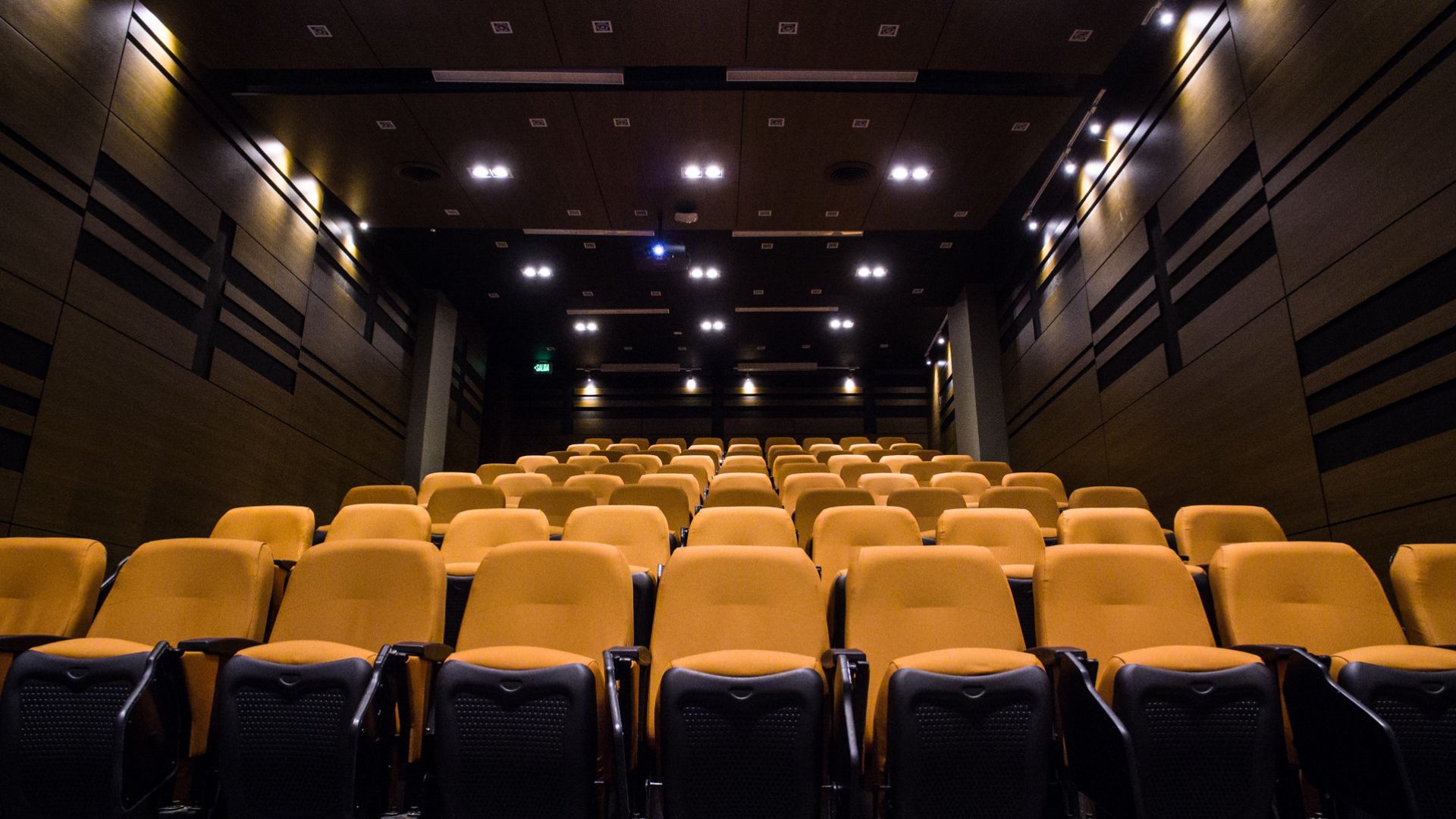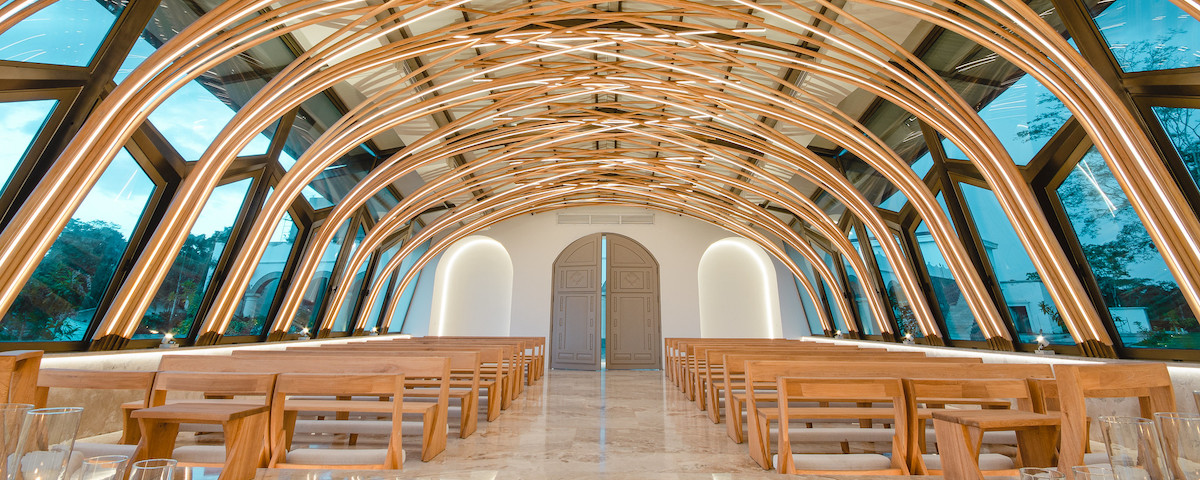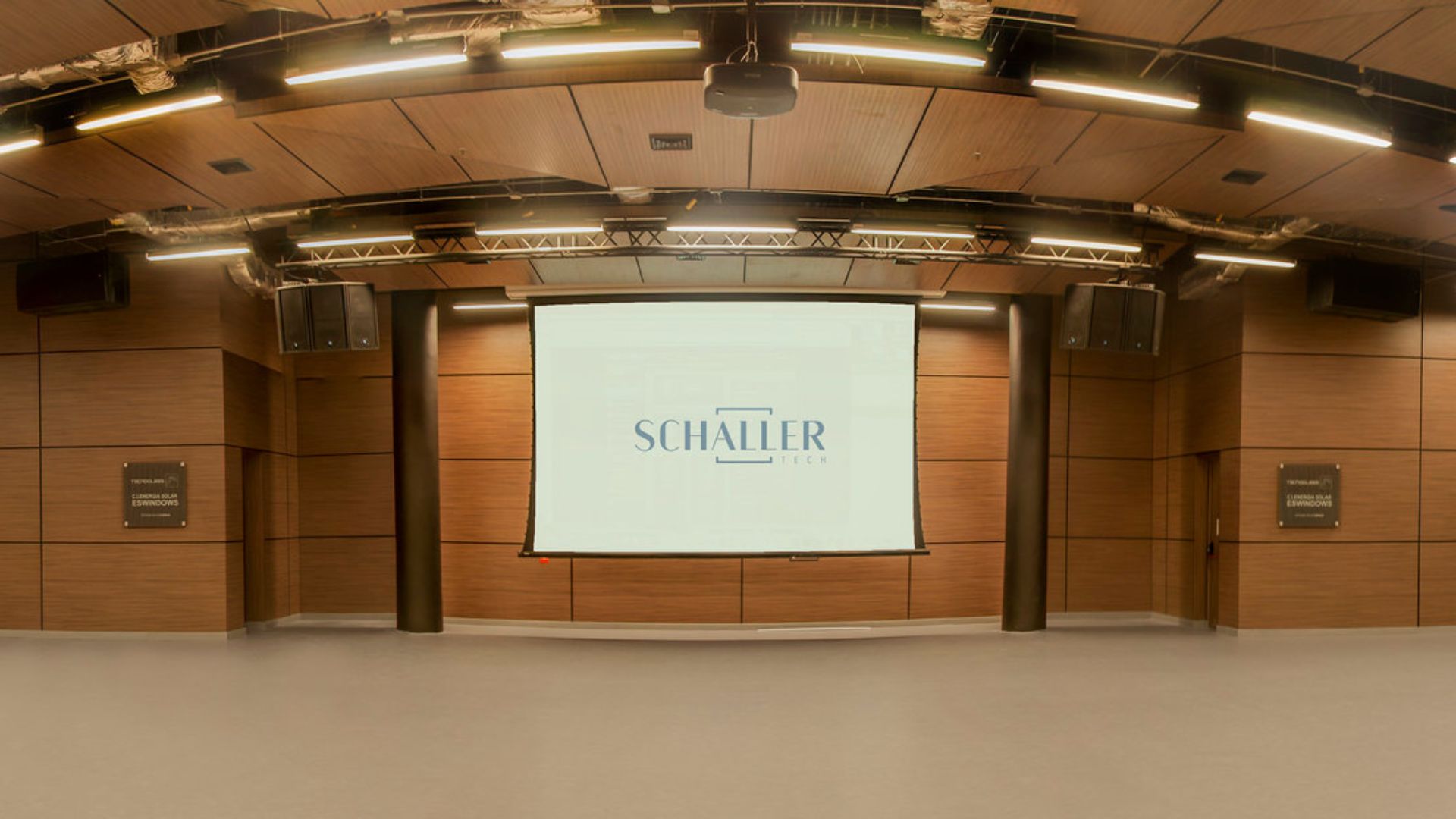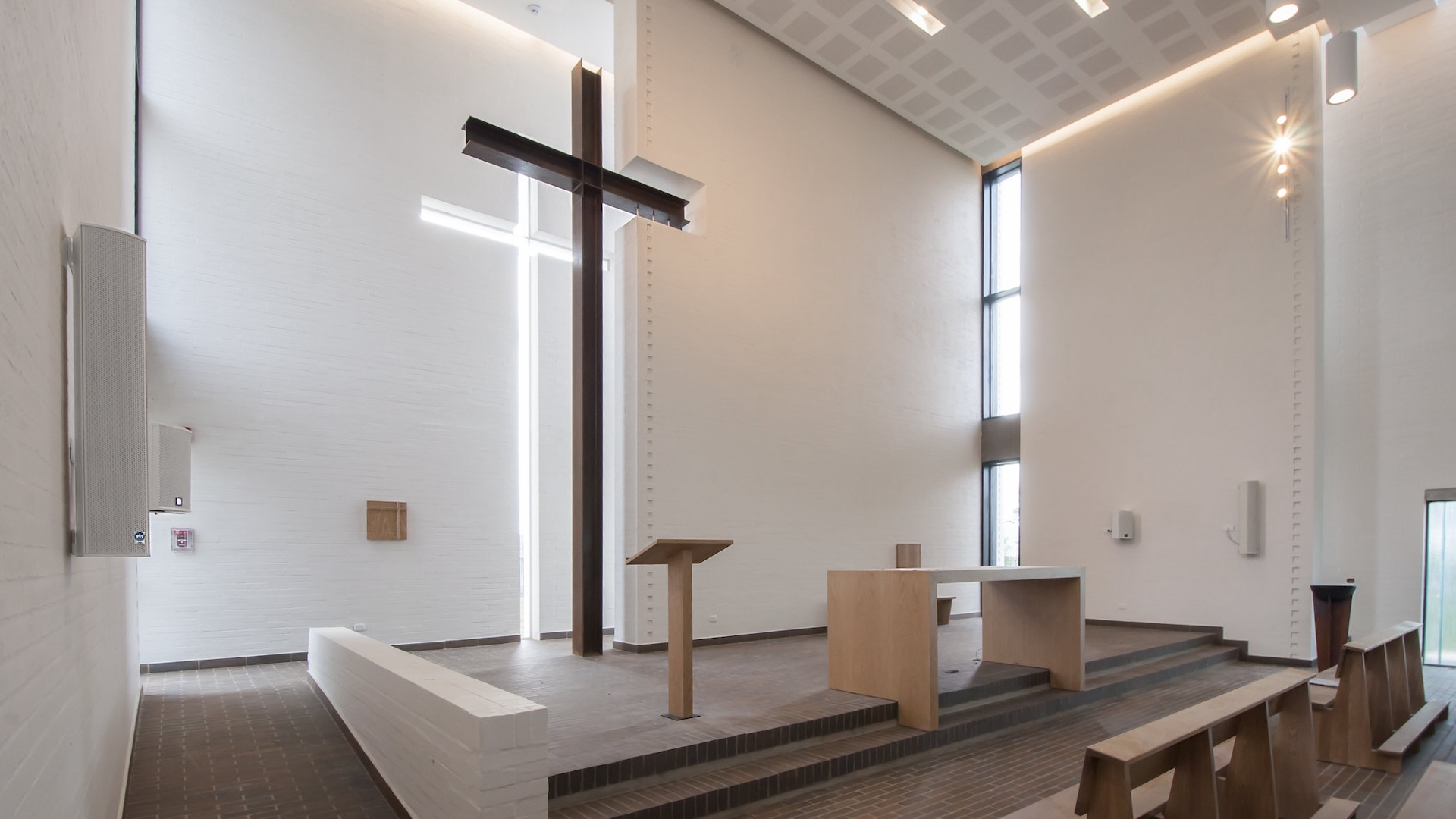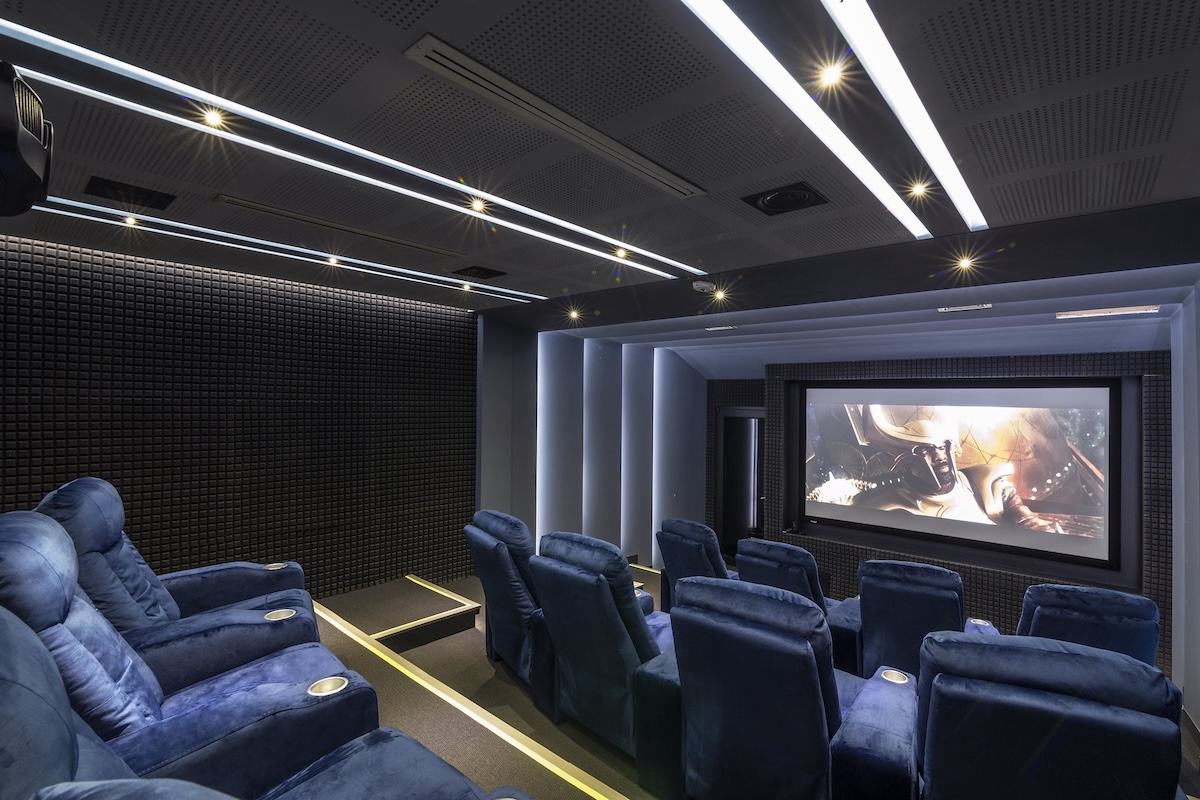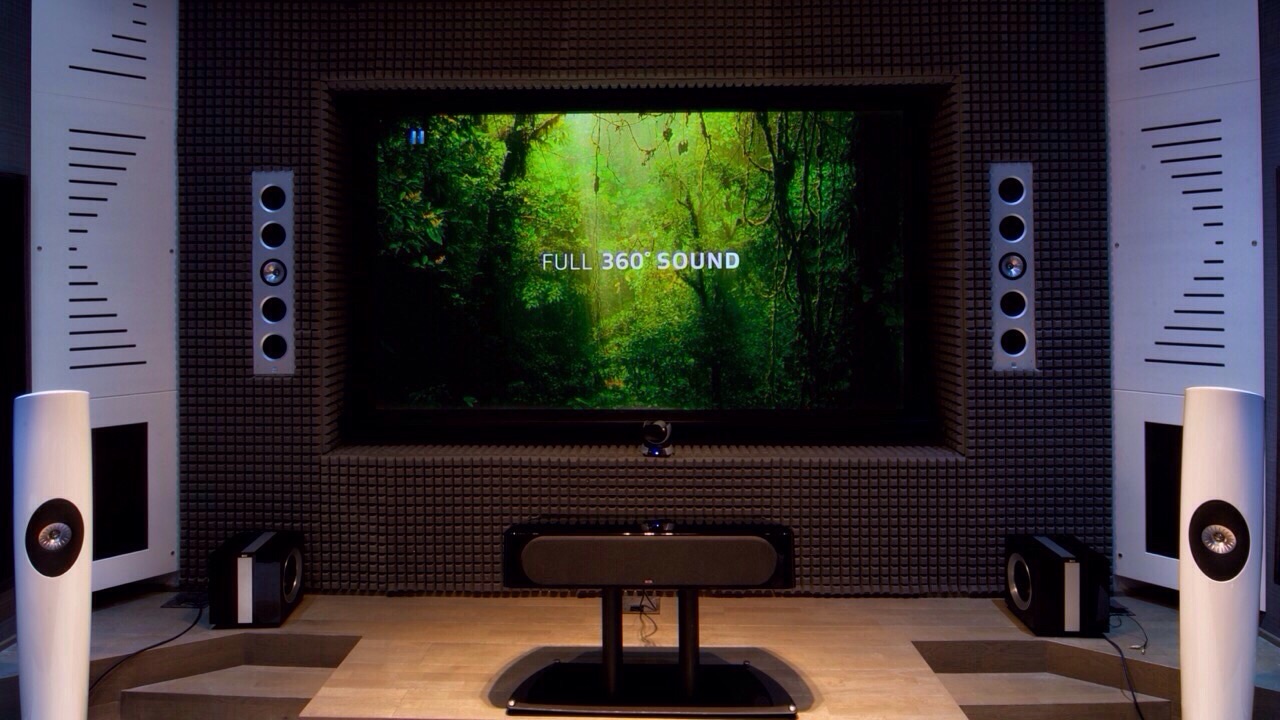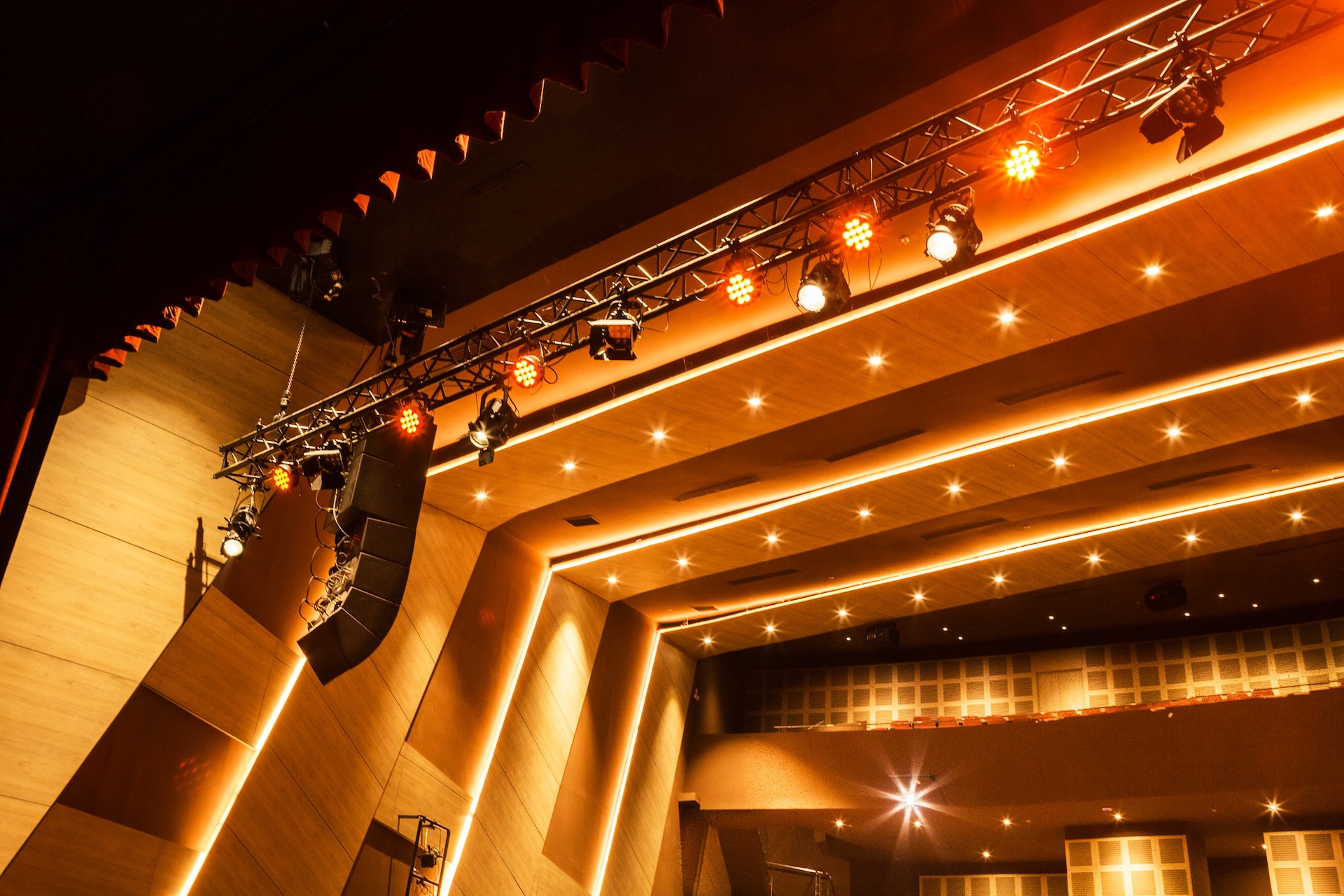Table of contents
At Schaller Design Lab, we understand that perfect acoustics can transform any space. That’s why we’re diving deep into the world of acoustic conditioning materials. We’ll explore the latest innovations that are changing how we experience sound in our environments.
From sound-absorbing panels to high-tech insulation, we’ll uncover the materials that are key to achieving crystal-clear sound quality. Whether you’re looking to fine-tune a home theater or optimize an office space, stick with us for the insider’s guide to acoustic perfection.
What is Acoustic Conditioning?
Acoustic conditioning is the process of designing or modifying a space to control sound levels, clarity, and reverberation. Design Lab understands that effective acoustic conditioning can create an environment conducive for various activities, whether it’s for a clear music studio sound or productive office communications.
By strategically utilizing a range of materials and designs, we effectively manipulate how sound behaves in a room. This includes the absorption, diffusion, and reflection of sound waves, ensuring that noise is managed, and audio quality is optimized. Our comprehensive approach to acoustic conditioning encompasses several key elements:
- Soundproofing: To prevent external noises from infiltrating the space.
- Sound Absorption: Using materials to reduce reverberation and echo.
- Diffusion: To scatter sound waves, creating a more even distribution of sound.
- Reflection: Controlling and enhancing sound quality by reflecting waves in a controlled manner.
Our experiences at Design Lab have proven that proper acoustic conditioning can significantly enhance the functionality of a space. From high-performing sound-absorbing panels to state-of-the-art insulation, every material is chosen to contribute to the overall acoustic quality of the environment.
In commercial settings, especially in office spaces, acoustic conditioning is not just about achieving privacy but also about maintaining a level of comfort that encourages productivity and reduces stress. In home theaters, on the other hand, the focus is on recreating the immersive experience of a cinema, where every sound is crisp and clear.
The materials used for acoustic conditioning are selected based on their properties and the specific needs of a space. These can range from natural fibers that are excellent for absorbing sound to high-density foams that are great at blocking it. At Design Lab, we take pride in sourcing cutting-edge materials that not only serve their purpose but also integrate seamlessly with the design aesthetics of your space.
Understanding the technical side of acoustic conditioning is crucial. But it’s our creative application that transforms theory into practical, real-world results. Whether modifying an existing space or concepting a new build, we ensure that the principles of acoustic conditioning are expertly applied for maximum audio enjoyment.
Benefits of Acoustic Conditioning Materials
Noise Reduction

A unique wall design featuring a three-dimensional geometric pattern in black and light beige, showcasing the intricacies of modern interior design.
When it comes to managing acoustics, we recognize the paramount importance of reducing unwelcome noise. The acoustic materials we source at Design Lab are top-tier, meticulously selected to ensure they effectively minimize noise pollution. The science behind these materials is straightforward – they absorb sound waves, lessening their impact and creating a quieter environment. In settings like busy offices or classrooms, our acoustic solutions:
- Cut down on external noise infiltration
- Reduce internal echoes and reverberations
- Enhance speech intelligibility
By integrating these noise-reducing materials into our design scheme, we transform chaotic soundscapes into harmonious, focused areas, vital for improving both productivity and well-being.
Improved Sound Quality
Beyond the silence, the clarity and purity of sound is an art we’ve mastered at Design Lab. Our acoustic conditioning materials are not just about muting; they’re about perfecting the auditory experience. Sound quality is crucial, whether in a home theater or during a conference call. Here’s what our materials and designs guarantee:
- Richer, fuller sound profiles
- Balanced sound distribution across the room
- Precise control over sound direction and reflection
We deploy a range of materials crafted to suit various audio requirements, ensuring that every note and word is crystal clear. Our approach to acoustic conditioning accounts for both the aesthetic and functional needs, resulting in spaces that sound as good as they look.
Types of Acoustic Conditioning Materials
Acoustic Foam Panels
When we talk about acoustic conditioning, one popular material that springs to mind is acoustic foam panels. These panels are incredibly efficient at absorbing sound waves, particularly high-frequency noises. Made from polyurethane foam or melamine foam, these panels come in various shapes and sizes, allowing them to fit into a wide array of design specifications. At Design Lab, we’ve observed that the unique structure of acoustic foam panels makes them exceptionally good at trapping sound energy and converting it into heat. This reduces unwanted reverberation and improves overall sound clarity in spaces like recording studios and home theaters.
Acoustic Recycled PET Panels
Another innovative material we use at Design Lab is acoustic recycled PET panels made from recycled plastic bottles. Not only do these panels help in sound absorption, but they also contribute to sustainability, a core value of our business. These panels are known for their durability and flexibility, making them ideal for creative applications in various settings. They offer excellent acoustic performance without compromising on aesthetic value, and because they are recycled, they are a testament to our commitment to environmentally friendly design solutions.
Acoustic Fiber Glass Panels
For superior noise reduction, acoustic fiber glass panels are among the top choices in our arsenal. These panels are dense, with a fibrous structure that is highly effective in minimizing sound transmission and echoes. One of the biggest advantages of fiberglass is its versatility—the material can be wrapped in fabric or painted, allowing it to blend seamlessly with any interior design. Moreover, it’s a long-lasting material that withstands the test of time, ensuring that spaces maintain their acoustic properties for years to come.
Acoustic Wood Fiber Panels
Our clients often seek a blend of tradition and innovation, and that’s where acoustic wood fiber panels excel. Combining the natural aesthetics of wood with advanced sound-absorbing properties, these panels add warmth and elegance to any space. Wood fibers are excellent at diffusing sound, which helps to evenly distribute audio waves across the room, resulting in a more balanced sound profile. At Design Lab, we carefully source high-quality wood fibers that not only enhance acoustic performance but also contribute to an inviting and comfortable atmosphere.
Factors to Consider when Choosing Acoustic Conditioning Materials
Soundproofing Requirements
When selecting acoustic materials, the primary consideration often centers on their soundproofing capabilities. At Design Lab, we understand that Effective Soundproofing isn’t about muffling noise entirely; it’s about achieving the ideal acoustic environment for the task at hand. Spaces like recording studios need highly soundproofed walls to prevent exterior noise from bleeding in, whereas offices might aim for materials that reduce noise but still allow for some natural ambiance. We’ve sourced materials that meet a vast array of Soundproofing Standards to ensure you get the precise noise control you require.
Aesthetics
We believe that function doesn’t have to come at the expense of form. This is why aesthetics are a crucial factor when choosing acoustic conditioning materials. Our range includes a selection of Stylish Acoustic Panels that not only offer superior sound control but also contribute to the overall design aesthetic of a space. Whether you’re seeking a modern, sleek look with smooth surfaces or a warm, rustic vibe with textured finishes, Design Lab provides materials that blend effortlessly with your vision.
Installation Ease
Last but not least, how easily acoustic materials can be installed is pivotal. Time is money, and at Design Lab we value both. Our products are designed with Efficient Installation in mind, allowing you to transform spaces without extensive downtime. We offer acoustic panels and other materials that come with straightforward mounting systems, meaning less labor and more savings. Moreover, they’re adaptable to different environments, ensuring a seamless fit for various layouts and designs.
With Design Lab’s commitment to quality, clients can trust that choosing our acoustic conditioning materials translates into an investment in Durability, Performance, and Aesthetics – a holistic approach to superior acoustic environments.
Case Studies of Acoustic Conditioning Projects
Office Spaces

A modern installation showcasing a series of black panels, likely solar panels, arranged vertically and illuminated under artificial lighting.
At Design Lab, we’ve transformed numerous offices with our acoustic conditioning solutions. Noise pollution in the workplace can distract employees and reduce overall productivity. That’s why we’ve focused on installing acoustic panels that not only minimize noise but also blend with the office decor. In one case study, our team designed custom acoustic panels for an open-plan office that reduced echo and conversation spill-over by 60%, proving that effective acoustic treatment can play a crucial role in creating a more focused and efficient environment.
Recording Studios
Recording studios present unique challenges for acoustic conditioning. Clarity and sound integrity are paramount. Design Lab’s expertise came into play when we took on a project for a client’s studio designed to host a variety of recording sessions. We outfitted the studio with high-density absorption materials that targeted specific frequency ranges. The results spoke for themselves with a sound clarity improvement rating of over 80%, and the studio has since become a coveted venue for both local and international musicians.
Home Theaters
For enthusiasts and audiophiles, a home theater is a sanctuary. We’ve seen first-hand how our tailored acoustic conditioning solutions can elevate the cinematic experience. By incorporating strategically placed sound absorbers and diffusers, we ensure that homeowners can enjoy their movies with cinema-quality sound. One noteworthy project involved the application of bass traps in the corners of a home theater, resulting in a 40% reduction in standing waves and bass resonance, which dramatically improved audio precision and listener immersion.
Conclusion
We’ve seen firsthand how acoustic conditioning transforms spaces, enhancing sound quality and creating optimal auditory experiences. Whether it’s in bustling office environments or cozy home theaters, our commitment to integrating state-of-the-art materials with design aesthetics stands out. We’re proud of the work we’ve done and the case studies we’ve shared, showcasing our expertise in delivering tailored acoustic solutions. Trust us to elevate your space’s functionality and experience with cutting-edge acoustic conditioning. Let’s make every room sound as good as it looks.
Frequently Asked Questions
What is acoustic conditioning?
Acoustic conditioning refers to the process of adjusting a space’s acoustical environment to control sound levels, clarity, and reverberation through the use of materials and designs to absorb, reflect, diffuse, and block sound.
Why is acoustic conditioning important?
Acoustic conditioning is essential because it enhances the functionality of a space by improving sound quality, reducing noise interference, and creating an acoustically pleasant environment suitable for activities such as working, recording, and entertainment.
What spaces benefit from acoustic conditioning?
Places that benefit from acoustic conditioning include commercial settings such as office spaces, recording studios, auditoriums, and personalized areas like home theaters.
How does Design Lab integrate acoustic materials with design aesthetics?
Design Lab sources advanced materials that not only effectively manipulate sound but also blend with interior design aesthetics to ensure the acoustic solutions are visually pleasing as well as functional.
Can acoustic conditioning improve sound clarity in noisy areas?
Yes, acoustic conditioning can significantly improve sound clarity in noisy environments by utilizing soundproofing and absorbent materials to minimize unwanted noise and echo, resulting in a clearer sound experience.
What are some examples of successful acoustic conditioning by Design Lab?
Successful case studies by Design Lab include noise reduction in open-plan offices, enhanced sound clarity in recording studios, and optimized acoustics in home theaters, demonstrating their expertise in tailored acoustic solutions.
Our Portfolio
Table of contents




